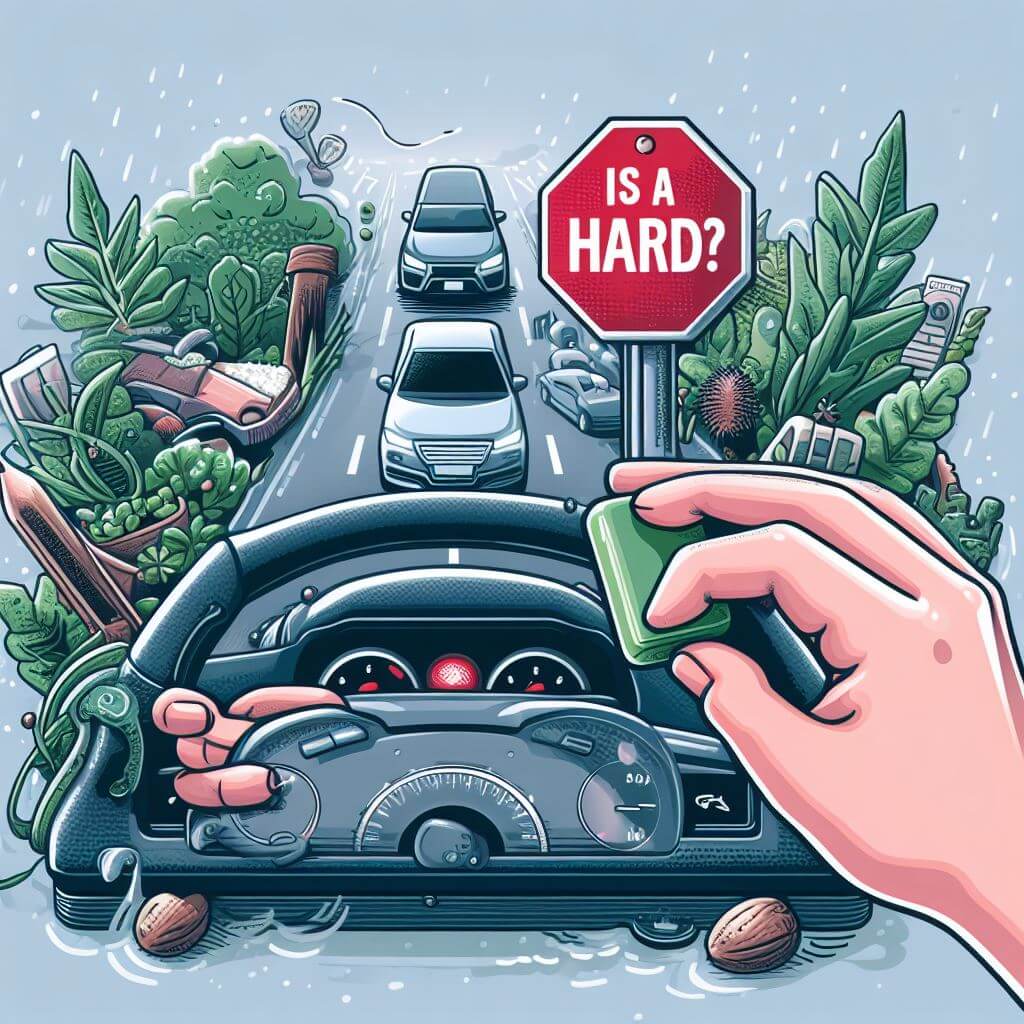Is Driving a Car Hard? A Comprehensive Look at the Skills and Challenges of Driving

Driving a car is a skill that many people aspire to master. It offers independence, convenience, and the ability to explore new places. However, it is common for aspiring drivers to wonder, “Is driving a car hard?” In this comprehensive article, we will delve into the various aspects of driving, including the skills required, the challenges faced, and tips for becoming a confident and safe driver. Whether you are a novice or simply curious about the complexity of driving, this article aims to provide you with valuable insights.
Contents
The Skills Required for Driving
Driving a car involves a combination of physical, mental, and multitasking skills. At its core, driving requires you to control the vehicle’s speed, direction, and position, all while maintaining focus on your surroundings. Let’s delve deeper into the key skills required:
- Vehicle control: This entails operating the steering wheel, accelerator, brakes, and gears (in manual transmission vehicles) with finesse and precision. Starting, stopping, and turning smoothly are fundamental aspects of vehicle control.
- Awareness and observation: Maintaining awareness of your surroundings is vital for safe and responsible driving. This includes observing road signs, traffic lights, other vehicles, pedestrians, and potential hazards. Developing good observation skills is crucial for making timely decisions while driving.
- Spatial awareness: Having a sense of space is essential when maneuvering your vehicle. This involves judging distances, clearances, and spatial relationships to ensure safe lane changes, parking, and overtaking.
- Defensive driving: Anticipating, recognizing, and responding to other road users’ actions is crucial for defensive driving. Being vigilant and practicing defensive driving techniques, such as maintaining a safe following distance and checking blind spots, can greatly reduce the risk of accidents.
- Decision-making: Driving often involves split-second decision-making. Drivers need to assess situations, prioritize actions, and choose the safest course of action. Quick thinking and good judgment are essential skills.
The Challenges of Driving
While driving can be a rewarding experience, it does come with its fair share of challenges. Here are some common challenges that drivers may encounter:
- Traffic congestion: Heavy traffic and congestion are a part of driving in urban areas. Maneuvering through congested roads requires patience, awareness, and adaptability.
- Adverse weather conditions: Driving in adverse weather conditions, such as rain, snow, or fog, presents additional challenges. Reduced visibility and slippery road surfaces require extra caution and skills.
- Navigating complex intersections: Negotiating complex intersections with multiple lanes, roundabouts, and traffic signals demands attention and accurate decision-making. Understanding right-of-way rules and signaling intentions properly becomes crucial.
- Dealing with distractions: Distractions, both internal (e.g., fatigue, emotions) and external (e.g., mobile devices, passengers), can divert attention from the road. Managing distractions effectively is vital for safe driving.
Tips for Becoming a Confident and Safe Driver
Becoming a confident and safe driver requires practice, knowledge, and ongoing development of skills. Here are some tips to help you on your journey:
- Enroll in a driver’s education course: Formal driver’s education courses provide a structured learning environment and professional guidance. They cover essential driving skills, traffic rules, and defensive driving techniques.
- Practice regularly: Regular practice on different road types and in various driving conditions will help you become comfortable behind the wheel. Practice maneuvers like parallel parking, merging, and braking to refine your skills.
- Stay updated with traffic laws: Familiarize yourself with the traffic laws and regulations in your area. Stay updated on any changes or new rules to ensure you are driving legally and safely.
- Minimize distractions: Avoid distractions while driving by keeping your mobile devices out of reach, limiting conversations with passengers when necessary, and focusing solely on the road.
- Stay calm and focused: Develop the ability to remain calm and focused, even in challenging situations. Panic or anger can impact decision-making, so maintaining emotional control is essential for safe driving.
Driving a car can be challenging, but with the right skills, knowledge, and mindset, it is certainly attainable. The skills required for driving involve a combination of physical control, awareness, observation, and decision-making. While challenges such as traffic congestion, adverse weather conditions, and distractions are common, they can be overcome through practice, education, and responsible driving habits. Remember, becoming a confident and safe driver is a continuous learning process, so embrace it and enjoy the journey while prioritizing safety on the roads.


